Publications
2025
- Abdelwahab, M. A.; Elkholy, H. M.; Burns, T.; Chomas, G.; Mehta, I.; Rabnawaz, M. Toughening Poly (Lactic Acid) Using Epoxy-Functionalized Styrene-Butyl Acrylate Copolymers. Materials Today Communications 2025, 49, 114188. https://doi.org/10.1016/j.mtcomm.2025.114188.

Abdelwahab, M. A.; Rabnawaz, M.; Khan, A.; Shaker, M.; Elkholy, H. M.; Bher, A.; Auras, R.; Matuana, L. M.; Göreke, D.; Pierobon, F.; Cheng, S.; Lei, H.; Simmons, K. Chemically and Mechanically Recyclable Polyester-Based Multilayer Plastics. Chemical Engineering Journal 2025, 525, 169956. https://doi.org/10.1016/j.cej.2025.169956.
- Yadav, S.; Hamdani, S. S.; Khan, A.; Ganapathi, A.; Rabnawaz, M. Blends of Polylactic Acid-Based Waxes and Polybutylene Succinate-Graft-Maleic Anhydride for Sustainable Packaging Applications. Progress in Organic Coatings 2025, 209, 109609. https://doi.org/10.1016/j.porgcoat.2025.109609.

- Tiwari, R.; Abdelwahab, M. A.; Muhammad Rabnawaz. Barrier, Thermal, and Mechanical Properties of Polyglycolic Acid/Polyethylene Terephthalate (PET) and Liquid Crystalline Polymer/PET Blend Films. Polymer 2025, 335, 128761–128761. https://doi.org/10.1016/j.polymer.2025.128761.

- Ganapathi, A.; Sharma, R.; Abdelwahab, M. A.; Rabnawaz, M. Large-Scale Compatibilization of Postconsumer Polyolefins in the Presence of Paraffin Wax as a Rheology Modifier. ACS Omega 2025, 10 (15), 15172–15180. https://doi.org/10.1021/acsomega.4c10910.

- Muhammad Rabnawaz; Susan; Wyman, I. Degradation, Stabilization, and Recycling of Packaging Materials; John Wiley & Sons, 2025. (Amazon link)

- Hamdani, S. S.; Elkholy, H. M.; Alghaysh, M. O.; Wyman, I.; Bher, A.; Auras, R.; Muhammad Rabnawaz. Recyclable and Biodegradable Paper Coating with Functionalized PLA and PBAT. ACS Omega 2025. https://doi.org/10.1021/acsomega.4c11134.
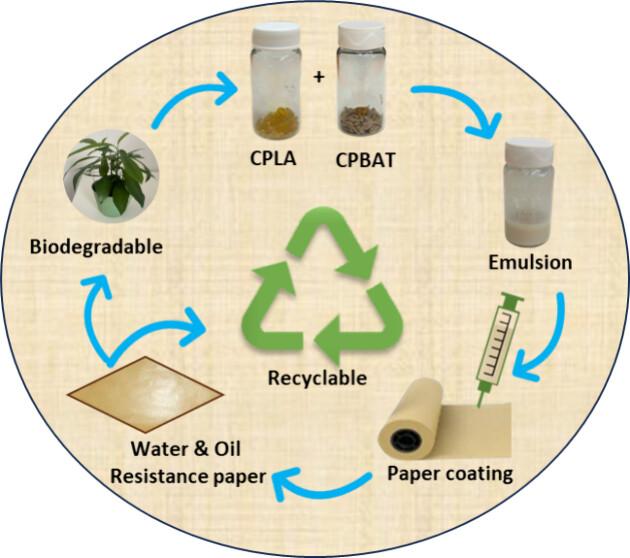
- Kumar, V.; Shaker, M.; Khan, A.; Shrirang Sabde; Hamdani, S. S.; Alghaysh, M. O.; Wang, Y.; Li, K.; Abdelwahab, M. A.; Barton, S.; Haidler, J.; Muhammad Rabnawaz. Design of Compostable and Recyclable Modified Soybean Oil-Coated Paper with Enhanced Water and Oil Resistance. ACS Sustainable Resource Management 2025, 2 (1), 98–107. https://doi.org/10.1021/acssusresmgt.4c00356.
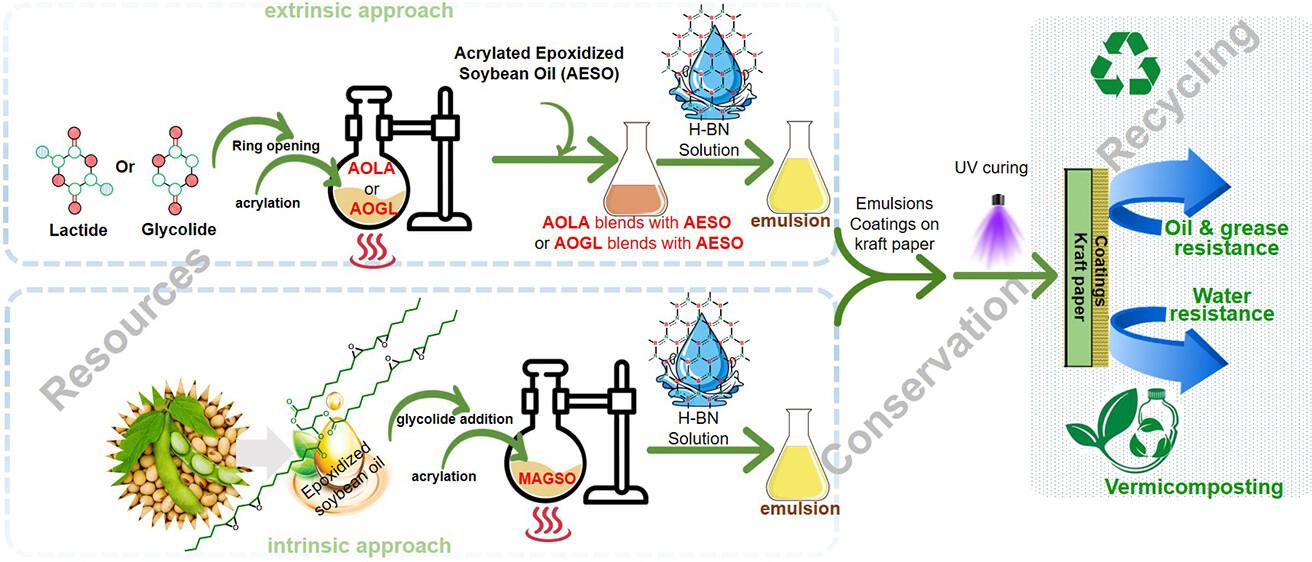
2024
- Ash, S.; Sharma, R.; Muhammad Rabnawaz. Comparative Study of Polyethylene, Polypropylene, and Polyolefins Silyl Ether-Based Vitrimers. Industrial & Engineering Chemistry Research 2024, 63 (51), 22287–22297. https://doi.org/10.1021/acs.iecr.4c04006.

- Ganapathi, A.; Shaker, M.; Rabnawaz, M. Upcycled Waxes from Mixed Polyolefins for Hot-Melt Adhesive (HMA) Applications. RSC Sustainability 2024, 2 (10), 3047–3053. https://doi.org/10.1039/d4su00135d.
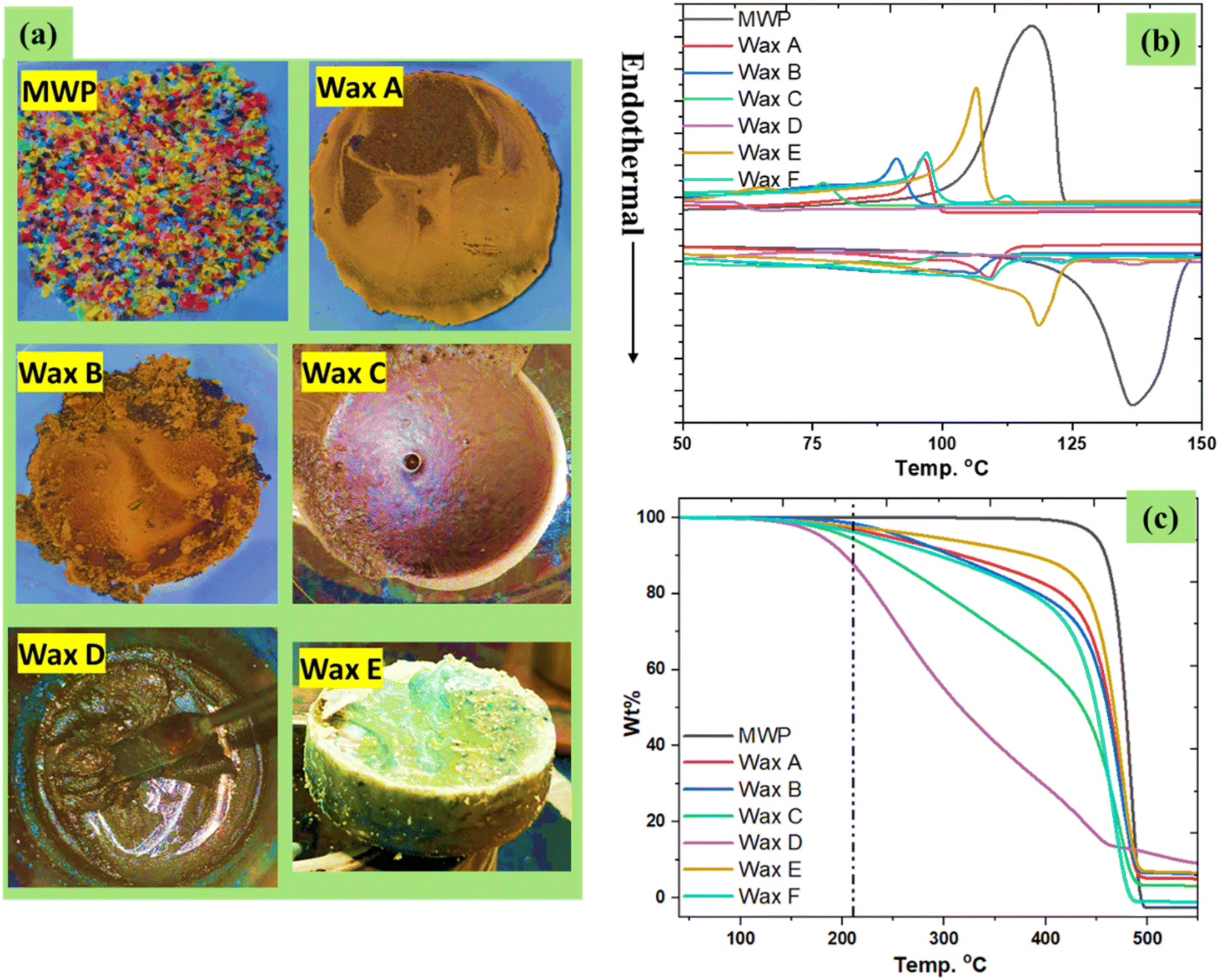
- Shaker, M.; Muzata, T. S.; Syeda Shamila Hamdani; Wyman, I.; Saffron, C. M.; Muhammad Rabnawaz. Chemical Upcycling of High-Density Polyethylene into Upcycled Waxes as Rheology Modifiers and Paper Coating Materials. Journal of Cleaner Production 2024, 467, 142943–142943. https://doi.org/10.1016/j.jclepro.2024.142943.

-
Ash, S.; Sharma, R.; Shaker, M.; Patil, S.; Cheng, S.; Muhammad Rabnawaz. One-Pot Synthesis of Robust Silyl Ether-Based HDPE Vitrimers with Enhanced Performance and Recyclability. Polymer 2024, 308, 127374–127374. https://doi.org/10.1016/j.polymer.2024.127374.
-
Ash, S.; Sharma, R.; Naveed, M.; Patil, S.; Cheng, S.; Muhammad Rabnawaz. A Continuous Melt Extrusion Approach toward Polyethylene‐Based Vitrimers with Improved Crosslinking and Performance. Journal of applied polymer science 2024, 141 (28). https://doi.org/10.1002/app.55652.

-
Syeda Shamila Hamdani; Elkholy, H. M.; Alford, A.; Jackson, K.; Naveed, M.; Wyman, I.; Wang, Y.; Li, K.; Haider, S. W.; Muhammad Rabnawaz. Synthesis of Water-Dispersible Poly(Dimethylsiloxane) and Its Potential Application in the Paper Coating Industry as an Alternative for PFAS-Coated Paper and Single-Use Plastics. Polymers 2024, 16 (7), 1006–1006. https://doi.org/10.3390/polym16071006.
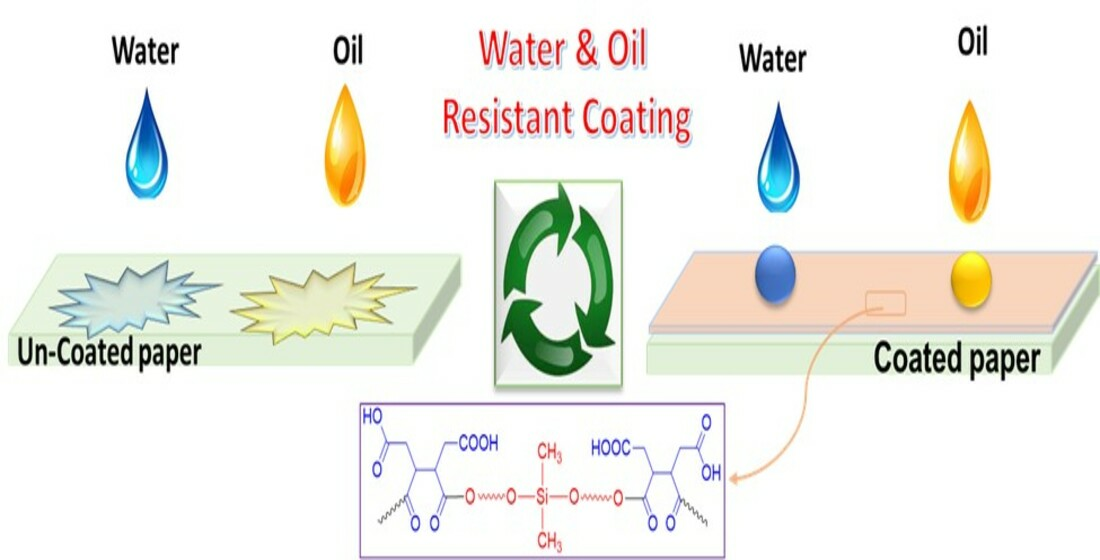
- Abdelwahab, M. A.; Elkholy, H. M.; Khan, A.; Zahra Aayanifard; Wauldron, N.; Matuana, L. M.; Auras, R.; Zheng Juncheng; Cheng, S.; Muhammad Rabnawaz. Glycidol-Free Aliphatic Copolymers as Chain Extenders for Polylactic Acid and Their Cost and Carbon Emission Assessments. ACS sustainable chemistry & engineering 2024. https://doi.org/10.1021/acssuschemeng.3c08031.

- Khan, A.; Kumar, V.; Anulare, J.; Dam, M.; Wyman, I.; Pooja Mayekar; Muhammad Rabnawaz. Sustainable Packaging with Waterborne Acrylated Epoxidized Soybean Oil. ACS sustainable resource management 2024. https://doi.org/10.1021/acssusresmgt.3c00093.

- Syeda Shamila Hamdani; Elkholy, H. M.; Alford, A.; Jackson, K.; Naveed, M.; Wyman, I.; Wang, Y.; Li, K.; Haider, S. W.; Muhammad Rabnawaz. Synthesis of Water-Dispersible Poly(Dimethylsiloxane) and Its Potential Application in the Paper Coating Industry as an Alternative for PFAS-Coated Paper and Single-Use Plastics. Polymers 2024, 16 (7), 1006–1006. https://doi.org/10.3390/polym16071006.

- Anurag Ganapathi; Abdelwahab, M. A.; Muhammad Rabnawaz. Achieving Bottle‐Grade Poly(Ethylene Terephthalate)‐like Properties from Blends of Bottle‐Grade and Thermoform‐Grade Poly(Ethylene Terephthalate). Polymer international 2024. https://doi.org/10.1002/pi.6633.

- Yadav, S.; Khan, A.; Syeda Shamila Hamdani; Muhammad Rabnawaz. Degradable Polymeric Waxes for Paper Coating Applications. ACS Applied Polymer Materials 2024. https://doi.org/10.1021/acsapm.3c03072.

- Elkholy, H. M.; Abdelwahab, M. A.; Naveed, M.; Abdelaziz, K.; Muhammad Rabnawaz. Food-Safe Glycidyl-Free Chain Extenders for Polylactide. Green chemistry 2024. https://doi.org/10.1039/d3gc04200f.

2023
2022
- Abdelwahab, M. A.; Khan, A.; Matuana, L. M.; Auras, R.; Rabnawaz, M. Polystyrene-Free Chain Extenders for Recycled Poly(Ethylene Terephthalate). ACS Applied Polymer Materials 2022, 4 (12), 9272–9283. https://doi.org/10.1021/acsapm.2c01544.
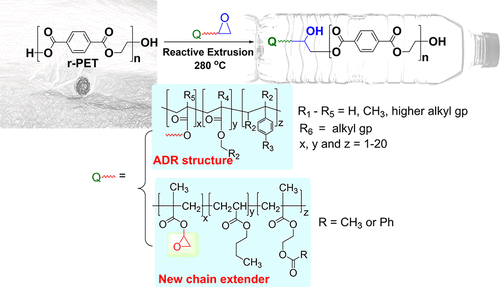
-
Khan, A.; Naveed, M.; Aayanifard, Z.; Rabnawaz, M. Efficient Chemical Recycling of Waste Polyethylene Terephthalate. Resources, Conservation and Recycling 2022, 187, 106639. https://doi.org/10.1016/j.resconrec.2022.106639.

- Kumar, V.; Khan, A.; Rabnawaz, M. Efficient Depolymerization of Polystyrene with Table Salt and Oxidized Copper. ACS Sustainable Chemistry & Engineering 2022, 10 (19), 6493–6502. https://doi.org/10.1021/acssuschemeng.1c08400.
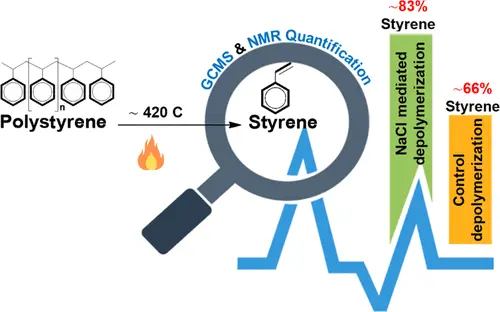
2021
Naveed, M.; Rabnawaz, M. Are Telechelic Polysiloxanes Better than Hemi-Telechelic for Self-Cleaning Applications? Journal of Colloid and Interface Science 2021, 600, 174–186. https://doi.org/10.1016/j.jcis.2021.05.007.

Kansal, D.; Abouomar, R.; Rabnawaz, M. Green Analogs of Polybutadienes from Carbon Dioxide and Epoxy‐based Feedstocks. J Appl Polym Sci 2021, 138 (29), 50708. https://doi.org/10.1002/app.50708.

Khan, A.; Rabnawaz, M. Base-Layer-Driven Self-Healing Materials. ACS Appl. Polym. Mater. 2021, 3 (8), 3922–3928. https://doi.org/10.1021/acsapm.1c00476.

Nair, A.; Kansal, D.; Khan, A.; Rabnawaz, M. Oil‐ and water‐resistant Paper Substrate Using Blends of chitosan‐ graft ‐polydimethylsiloxane and Poly(Vinyl Alcohol). J Appl Polym Sci 2021, 138 (21), 50494. https://doi.org/10.1002/app.50494.
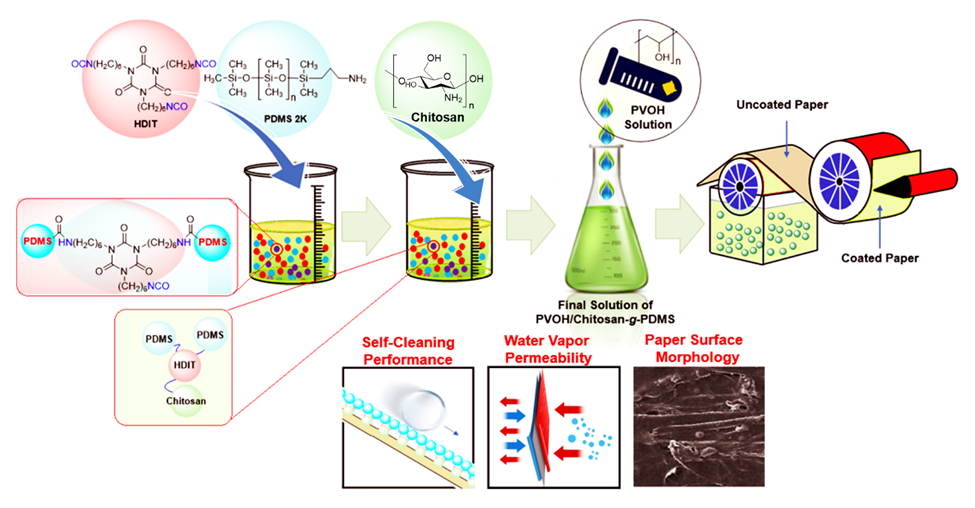
Tuhin, M. O.; Cheng, K.; Naveed, M.; Aliakbarian, B.; Rabnawaz, M. A Dual-Wall 3D-Printed Anti-Tampering Medical Bottle. J Package Technol Res 2021, 5 (2), 89–95. https://doi.org/10.1007/s41783-021-00113-4.
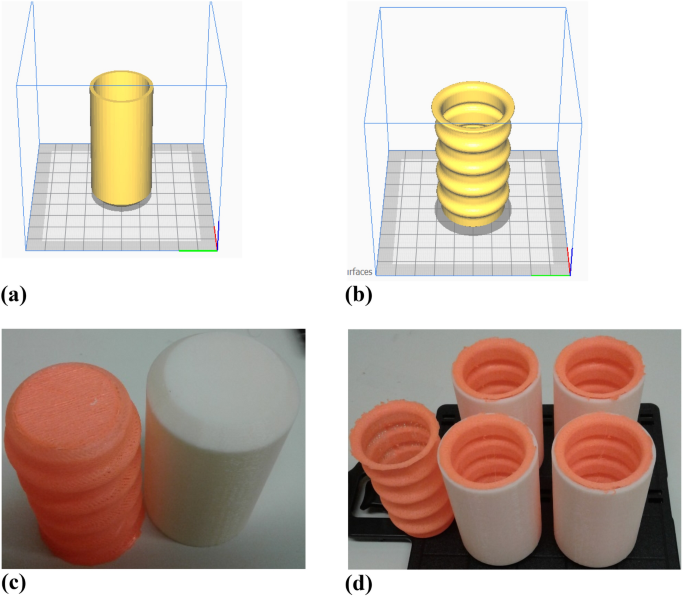
Kansal, D.; Rabnawaz, M. Fabrication of Oil‐ and water‐resistant Paper without Creating Microplastics on Disposal. J Appl Polym Sci 2021, 138 (3), 49692. https://doi.org/10.1002/app.49692.

Nair, A.; Kansal, D.; Khan, A.; Rabnawaz, M. New Alternatives to Single‐use Plastics: Starch and Chitosan‐ Graft ‐polydimethylsiloxane‐coated Paper for Water‐ and Oil‐resistant Applications. Nano Select 2021, nano.202100107. https://doi.org/10.1002/nano.202100107.

Khan, A.; Naveed, M.; Rabnawaz, M. Melt-Reprocessing of Mixed Polyurethane Thermosets. Green Chem. 2021, 23 (13), 4771–4779. https://doi.org/10.1039/D1GC01232K.
Khan, A.; Silva, L. F.; Rabnawaz, M. A Comparative Study of Thallium(III) and Iodine(III)-Mediated Ring Contraction Reactions for the Synthesis of Indane. New J. Chem. 2021, 45 (4), 2078–2084. https://doi.org/10.1039/D0NJ04700G.
2020
Khan, A.; Huang, K.; Sarwar, M. G.; Cheng, K.; Li, Z.; Tuhin, M. O.; Rabnawaz, M. Self-Healing and Self-Cleaning Clear Coating. Journal of Colloid and Interface Science 2020, 577, 311–318. https://doi.org/10.1016/j.jcis.2020.05.073.

Hamdani, S. S.; Li, Z.; Sirinakbumrung, N.; Rabnawaz, M. Zein and PVOH-Based Bilayer Approach for Plastic-Free, Repulpable and Biodegradable Oil- and Water-Resistant Paper as a Replacement for Single-Use Plastics. Ind. Eng. Chem. Res. 2020, 59 (40), 17856–17866. https://doi.org/10.1021/acs.iecr.0c02967.

Khan, A.; Ahmed, N.; Rabnawaz, M. Covalent Adaptable Network and Self-Healing Materials: Current Trends and Future Prospects in Sustainability. Polymers 2020, 12 (9), 2027. https://doi.org/10.3390/polym12092027.

Khan, A.; Huang, K.; Sarwar, M. G.; Rabnawaz, M. High Modulus, Fluorine-Free Self-Healing Anti-Smudge Coatings. Progress in Organic Coatings 2020, 145, 105703. https://doi.org/10.1016/j.porgcoat.2020.105703.

Kansal, D.; Hamdani, S. S.; Ping, R.; Rabnawaz, M. Starch and Zein Biopolymers as a Sustainable Replacement for PFAS, Silicone Oil, and Plastic-Coated Paper. Ind. Eng. Chem. Res. 2020, 59 (26), 12075–12084. https://doi.org/10.1021/acs.iecr.0c01291.

Kansal, D.; Hamdani, S. S.; Ping, R.; Sirinakbumrung, N.; Rabnawaz, M. Food-Safe Chitosan–Zein Dual-Layer Coating for Water- and Oil-Repellent Paper Substrates. ACS Sustainable Chem. Eng. 2020, 8 (17), 6887–6897. https://doi.org/10.1021/acssuschemeng.0c02216.

Hamdani, S. S.; Li, Z.; Rabnawaz, M.; Kamdem, D. P.; Khan, B. A. Chitosan –Graft –Poly(Dimethylsiloxane)/Zein Coatings for the Fabrication of Environmentally Friendly Oil- and Water-Resistant Paper. ACS Sustainable Chem. Eng. 2020, 8 (13), 5147–5155. https://doi.org/10.1021/acssuschemeng.9b07397.

Li, Z.; Rabnawaz, M.; Khan, B. Response Surface Methodology Design for Biobased and Sustainable Coatings for Water- and Oil-Resistant Paper. ACS Appl. Polym. Mater. 2020, 2 (3), 1378–1387. https://doi.org/10.1021/acsapm.9b01238.

2019
- Li, Z.; Rabnawaz, M.; Sarwar, G.; Khan, B., Nair, A.; Sirinakbumrung, N., Kamdem, P. A closed-loop and sustainable approach for the fabrication of plastic-free oil- and water-resistant paper products, Green Chemistry 2019 (in press).
- Khan, F.; Khan, A.; Tuhin, M.; Rabnawaz, M.; Li, Z.; Naveed, M. Simple design for durable and clear self-cleaning coatings. ACS Applied Polymer Materials 2019,1, 10.
- Khan, F.;, A.; Tuhin, M.; Rabnawaz, M.; Li, Z.; Naveed, M. A novel dual-layer approach towards omniphobic polyurethane coatings, RSC Advances 2019, 9, 26703. (Impact Factor = 3.049)
- Cheng, S.; Rabnawaz, M.; Khan, F.; Khan, B. Synthesis of high molecular weight aromatic polyesters via integrated alternating ring-opening copolymerization and chain extension methods. Journal of Applied Polymer Science 2019, 136, 47200. (Impact Factor = 2.188)
- Naveed, M.; Rabnawaz, M.; Khan A.; Tuhin, M. Dual-Layer Approach toward Self-Healing and Self-Cleaning Polyurethane Thermosets, Polymers 2019, 11, 1849.
2018
-
Li, Z.; Rabnawaz, M.,* Fabrication of Food-Safe Water-Resistant Paper Coatings Using a Melamine Primer and Polysiloxane Outer Layer. ACS Omega 2018, Volume 3, 11909-11916.
-
Cheng, S.; Khan, F.; Khan, B.; Rabnawaz, M.* Synthesis of high molecular weight polyester using in situ drying method and assessment of water vapor and oxygen barrier properties, MDPI Polymers(accepted, Oct 2018)
-
Cheng, S.; Khan, B.; Khan, F.; Rabnawaz, M.* Synthesis of High Molecular Weight Aromatic Polyesters via Integrated Alternating Ring-Opening Copolymerization and Chain Extension Methods; Journal of Applied Polymer Science (accepted, Oct 2018)
-
Shouyun Cheng; Lin Wei; Muhammad Rabnawaz "Catalytic liquefaction of pine sawdust and in-situ hydrogenation of bio-crude over bifunctional Co-Zn/HZSM-5 catalysts" Fuel, 2018.
-
Boucher-Jacobs Camille, Muhammad Rabnawaz, Damien Guironnet Joshua Katz, and Ralph Even, Encapsulation of Catalyst in Block Copolymer Micelles for the Polymerization of Ethylene in Aqueous Medium" Nature Communications, volume 9, Article number: 841 (2018) ( doi:10.1038/s41467-018-03253-5)
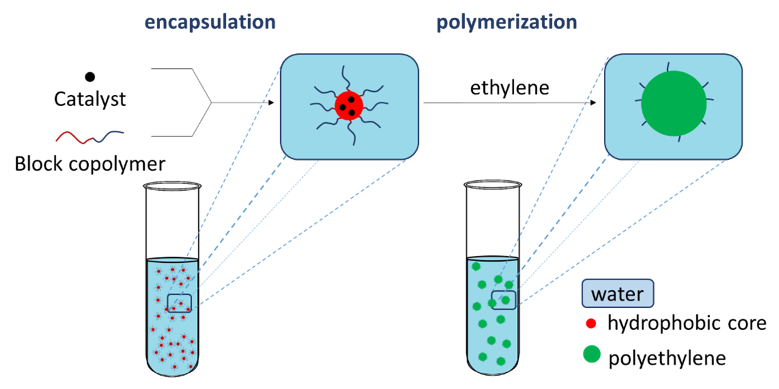
2017
- Burhan Khan; Muhammad R. Shah*; Muhammad Rabnawaz,* Synthesis of Novel Macrocycles Carrying Pincer-type Ligands for Future Applications in Size-Selective, Stereochemical and Recyclable Catalysts, Journal of Molecular Structures (2017) (Accepted).
- M. Rabnawaz, I. Wyman, R. Auras, S. Cheng, A roadmap towards green packaging: current status and future outlook for polyesters in the packaging industry,Green Chemistry 2017 (in Press).
- K. Shah, E. Hassan, F. Ahmed, I. Anis, M. Rabnawaz, M. R. Shah, Novel fluorene-based supramolecular sensor for selective detection of amoxicillin in water and blood. Ecotoxicology and Environmental Safety 141, 25-29 (2017).
- S. Chenga, L. Weia, J. Julsona, M. Rabnawaz, Upgrading pyrolysis bio-oil through hydrodeoxygenation (HDO) using non-sulfided Fe-Co/SiO2 catalyst, 15, 331–342 (2017).
2016
- B. Khan, M. R. Shah, D. Ahmed, M. Rabnawaz, I. Anis, S. Afridi, T. Makhmoor, M. N. Tahir, Synthesis, characterization and Cu 2+ triggered selective fluorescence quenching of Bis-calix [4] arene tetra-triazole macrocycle. Journal of hazardous materials 309, 97-106 (2016).
2015
- M. Rabnawaz, G. Liu, H. Hu, Fluorine‐Free Anti‐Smudge Polyurethane Coatings. Angewandte Chemie 127, 12913-12918 (2015).
- C. M. Grozea, M. Rabnawaz, G. Liu, Quantification of residual liquid on repellent cotton fabrics after liquid roll off. RSC Advances 5, 103722-103728 (2015).
- M. Rabnawaz, Z. Wang, Y. Wang, I. Wyman, H. Hu, G. Liu, Synthesis of poly (dimethylsiloxane)-block-poly [3-(triisopropyloxysilyl) propyl methacrylate] and its use in the facile coating of hydrophilically patterned superhydrophobic fabrics. RSC Advances 5, 39505-39511 (2015).
- M. Rabnawaz, G. Liu, Graft‐Copolymer‐Based Approach to Clear, Durable, and Anti‐Smudge Polyurethane Coatings. Angewandte Chemie 127, 6616-6620 (2015).
- C. M. Grozea, M. Rabnawaz, G. Liu, G. Zhang, Coating of silica particles by fluorinated diblock copolymers and use of the resultant silica for superamphiphobic surfaces. Polymer 64, 153-162 (2015).
- M. Rabnawaz, G. Liu, Back Cover: Graft‐Copolymer‐Based Approach to Clear, Durable, and Anti‐Smudge Polyurethane Coatings (Angew. Chem. Int. Ed. 22/2015). Angewandte Chemie International Edition 54, 6652-6652 (2015).
2014
- Y. Wang, X. Li, H. Hu, G. Liu, M. Rabnawaz, Hydrophilically patterned superhydrophobic cotton fabrics and their use in ink printing. Journal of Materials Chemistry A 2, 8094-8102 (2014).
- M. Rabnawaz, G. Liu, Triblock Terpolymers Bearing a Redox-Cleavable Junction and a Photo-Cross-Linkable Block. Macromolecules 47, 5115-5123 (2014).
- D. Macoretta, M. Rabnawaz, C. M. Grozea, G. Liu, Y. Wang, A. Crumblehulme, M. Wyer, Clear antismudge unimolecular coatings of diblock copolymers on glass plates. ACS applied materials & interfaces 6, 21435-21445 (2014).
2008 - 2013
- A. Z. Khan, A. Mohammad, Z. Iqbal, I. Anis, M. R. Shah, S. Nadeem, M. Rabnawaz, A. Shahidullah, H. Khan, I. Khan, Molecular docking of viscosine as a new lipoxygenase inhibitor isolated from Dodonaea viscosa. Bangladesh Journal of Pharmacology 8, 36-39 (2012).
- M. Rabnawaz, G. Liu, Preparation and application of a dual light-responsive triblock terpolymer. Macromolecules 45, 5586-5595 (2012).
- X. Roy, J. K.-H. Hui, M. Rabnawaz, G. Liu, M. J. MacLachlan, Prussian Blue Nanocontainers: Selectively Permeable Hollow Metal–Organic Capsules from Block Ionomer Emulsion-Induced Assembly. Journal of the American Chemical Society 133, 8420-8423 (2011).
- X. Roy, J. K. H. Hui, M. Rabnawaz, G. Liu, M. J. MacLachlan, Soluble Prussian Blue Nanoworms from the Assembly of Metal–Organic Block Ionomers. Angewandte Chemie International Edition 50, 1597-1602 (2011).
- M Rabnawaz, SD Benson, B Khan, MR Shah, Ethyl 2-(3-acetyl-6-methyl-2-oxo-2H-pyran-4-yloxy) acetate, Acta Crystallographica Section E: Structure Reports Online 66 (2), o397-o397 (2010)
- M. Rabnawaz, S. D. Benson, B. Khan, M. R. Shah, Ethyl 2-(3-acetyl-6-methyl-2-oxo-2H-pyran-4-yloxy) acetate. Acta Crystallographica Section E: Structure Reports Online 66, o397-o397 (2010).
- M. Rabnawaz, B. Khan, M. R. Shah, I. Anis, S. W. Ng, Methyl (2′-hydroxybiphenyl-2-yloxy) acetate. Acta Crystallographica Section E: Structure Reports Online 65, o931-o931 (2009).
- M Rabnawaz, B Khan, MR Shah, I Anis, SW Ng, Methyl (2′-hydroxybiphenyl-2-yloxy) acetate, Acta Crystallographica Section E: Structure Reports Online 65 (4), o931-o931 (2009)
- M. Rabnawaz, Q. Ali, M. R. Shah, K. Singh, 2, 2′-[Biphenyl-2, 2′-diylbis (oxy)] diacetic acid monohydrate. Acta Crystallographica Section E: Structure Reports Online 64, o1909-o1909 (2008).



![Sustainable Packaging Materials: A Guide for Industry Professionals by [Muhammad Rabnawaz]](https://m.media-amazon.com/images/I/51z1zsy0K2L.jpg)

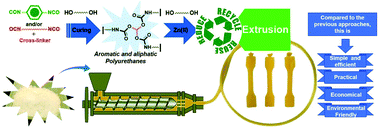
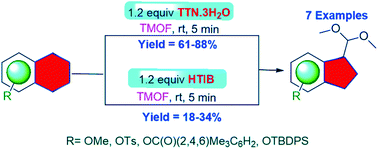
 Print
Print Email
Email